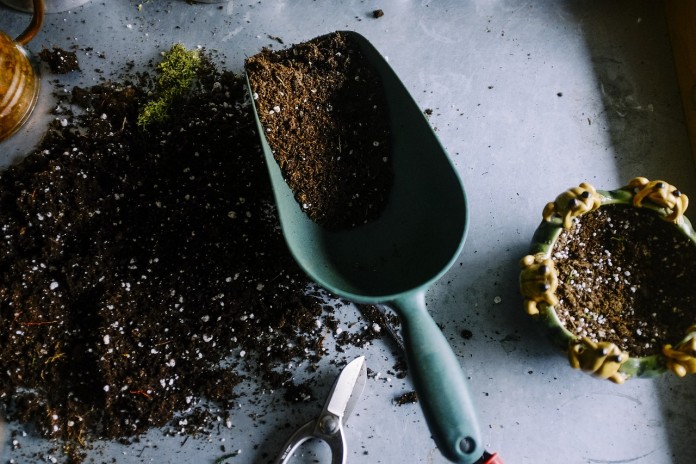As we’re heading into fall, it’s bittersweet to think about the growing season coming to an end. The hard work of harvest is on our minds, but so is getting to take a break from the garden for a few months.
However, soil health is always in season, and now is the time to think about how we can positively influence our future outcomes. The number one thing on your to-do list?
Make sure you’ve done your soil sampling.
Soil health
This year, I’d like to encourage you to look past the P & K results, and instead, put some focus on the line that reads “Percent Organic Matter.”
Even in the healthiest soils, that number is little, but mighty.
Many agricultural soils around here have OM levels around 1-2 percent, when ideally, at least 5 percent of your soil should be organic matter.
And even though it takes years of commitment to building those levels back up, it’s definitely possible.
As long as worms, insects, and microbes have access to your crop residues, they’ll spend the upcoming months turning those leaves and stems into this precious substance that subsequent crops will benefit from.
Organic matter
As the years go by, you’ll see the evidence of the buildup of organic matter as darker, well-structured soil.
Your plants, whether you’re growing corn, pasture, or petunias, will respond to increased organic matter levels.
We know that adding fresh or composted manures, mulch and other sources of organic matter don’t contribute as many nutrients compared to standard fertilizers.
But fertilizers can’t compare when we think about the benefits that organic matter adds, such as improved nutrient availability, increased infiltration, erosion prevention, buffering against compaction, resisting nutrient leaching, and boosting microbial activity.
If leaving surface residue is one way to add to the amount of organic matter in your field, then tillage determines how fast you burn through it.
Tilling
If you’re contemplating how to build up SOM levels, you’re going to have to concede to dialing back the tillage.
The biggest threat to your SOM is oxygen: By turning over your soil, you’re enabling microbes to work overtime, digesting whatever compost, manure or plant detritus that’s available to them.
They do their job too well, and there’s nothing left to complement the mineral soil and act as that nutrient retaining, moisture holding sponge.
Burning up our SOM is one of the many reasons that it’s painful to see many people abandoning no till.
I’ll admit that I’m as guilty as the rest of us when it comes to loving the smell and feel of a freshly tilled garden, but I’m realizing how much we work against ourselves when we do it.
Decisions
So, if you get a minute to think this fall, dedicate some time to how you can improve the most fundamental element of your farm — the ground it’s built on.
While getting your soil tests done can tell you a lot about where you are, you have to make a decision about where you want to go with that knowledge.
Consider what you stand to gain, or lose, by changing just one small number.













